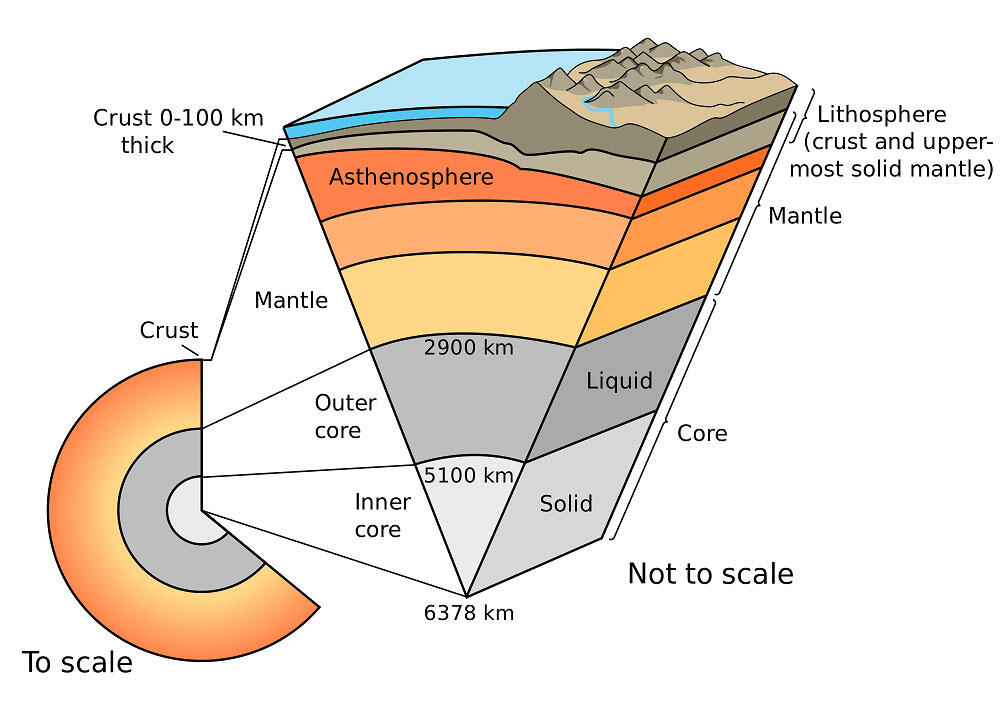Something strange is stirring deep beneath Earth’s surface. Just a few decades ago, human activity set off a slow-motion shift in the molten rock of the upper mantle beneath Eurasia.
The changes are occurring beneath what was the Aral Sea, located between Kazakhstan and Uzbekistan. Once one of the largest lakes on the planet, the body of water has rapidly dried up since the 1960s due to Soviet irrigation projects that diverted its water to the arid plains of Central Asia to grow cotton. Today, over 93 percent of its water volume is gone, leaving a vast salt-rich desert.
The Aral Sea’s desertification is an environmental disaster that’s affecting the health of the local residents and wildlife. But now, it seems the drying of the Aral Sea may have shaken something much deeper, too.
Scientists at Peking University, the Southern University of Science and Technology in China, and the University of Southern California have recently looked at the area using satellite radar interferometry. Wenzhi Fan and the study co-authors found that the land around the dried-up Aral Sea is slowly rising by as much as 7 millimeters per year, spreading outward across an area as wide as 500 kilometers (311 miles) beyond the original center of the lake.
The team argues that this has something to do with changes in viscosity within the upper mantle. The Aral Sea was never very deep, but it was so wide that its weight pushed down the Earth’s surface, with the pressure reaching up to 100 kilometers (62 miles) deep. The stiff outer layer of Earth (the lithosphere) couldn’t fully support this weight and sank slightly into the softer mantle beneath.

A cross section of Earth showing its many layers, including the asthenosphere and lithosphere.
Image credit: USGS
When the sea dried up, the weight was removed and the surface began to slowly rebound upwards. However, it still continues to rise at a very surprising rate. The continued uplift, the new study says, is likely due to the syrup-like molten rock in the asthenosphere, a part of the upper mantle just below the outer rocky lithosphere.
Since the weight of the lake has been removed, the molten rock below the surface starts to relax and flow back into place very slowly in a process called viscoelastic relaxation, like a memory foam mattress easing back into shape.
Using models, the researchers showed that this effect is occurring over 150 kilometers (93 miles) below the surface and is likely to be “sustained for many decades.”
“It appears that humanity has messed with plate tectonics just to improve cotton yields,” Simon Lamb, an earth scientist at Victoria University of Wellington, wrote in an accompanying News & Views article.
“Although the desiccation of the Aral Sea has been an environmental disaster, the findings of Fan et al. reveal one positive side effect: it can be used as a tool to probe the planet’s deep interior, providing new insight on the nature of the rocks in and beneath a tectonic plate,” Lamb writes.
The study is published in the journal Nature Geoscience.
Source Link: Humans Caused The Interior Of Planet Earth To Shift